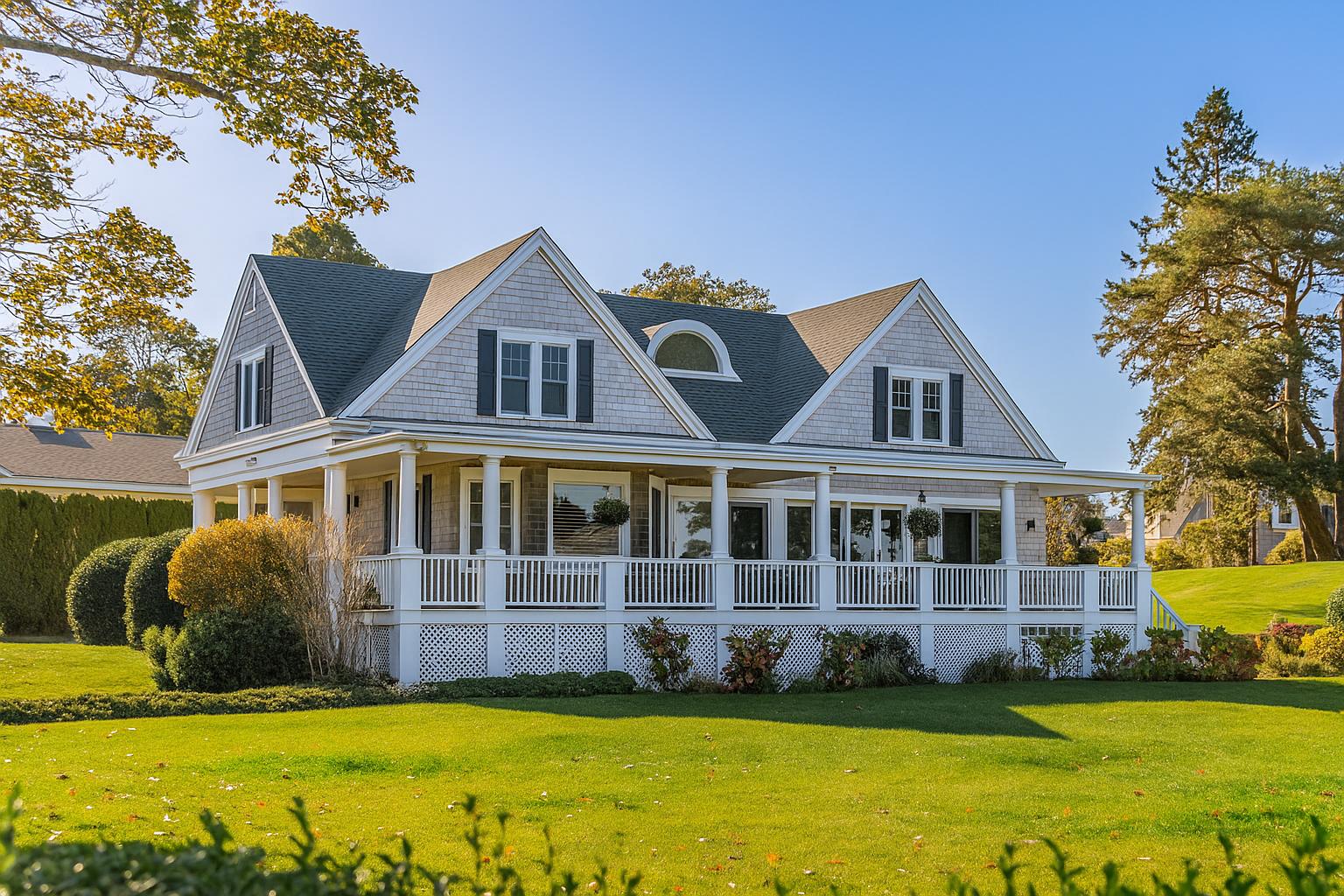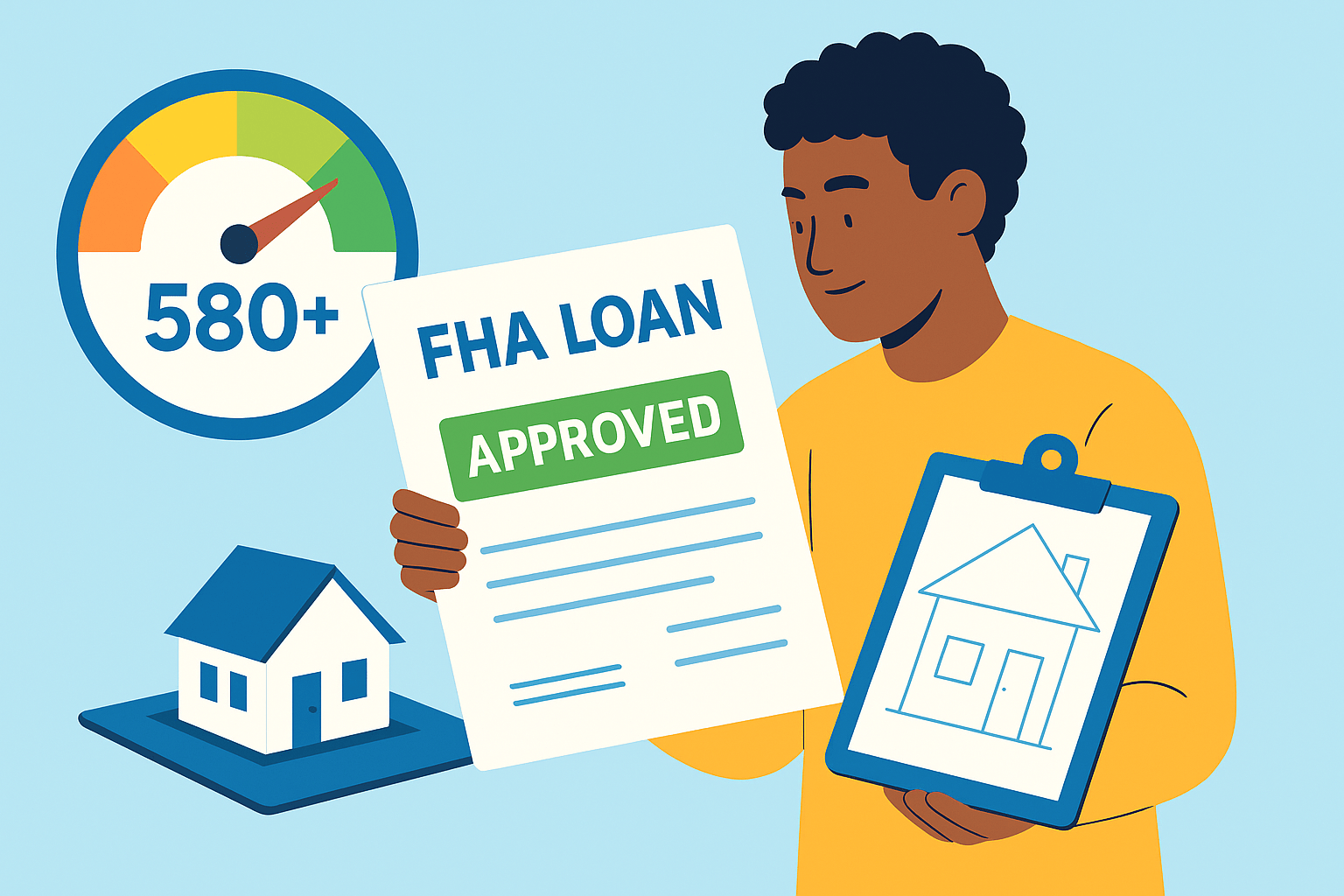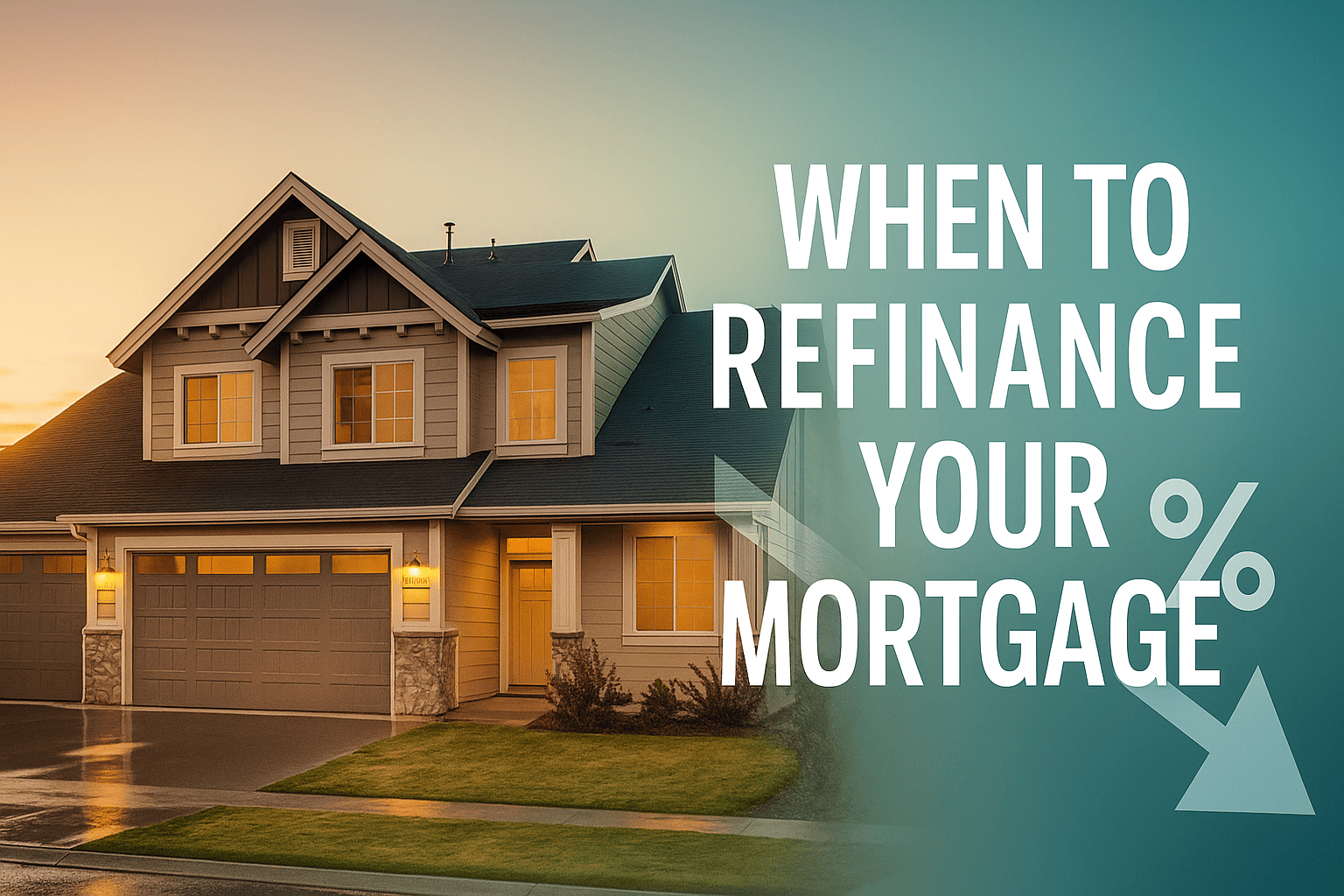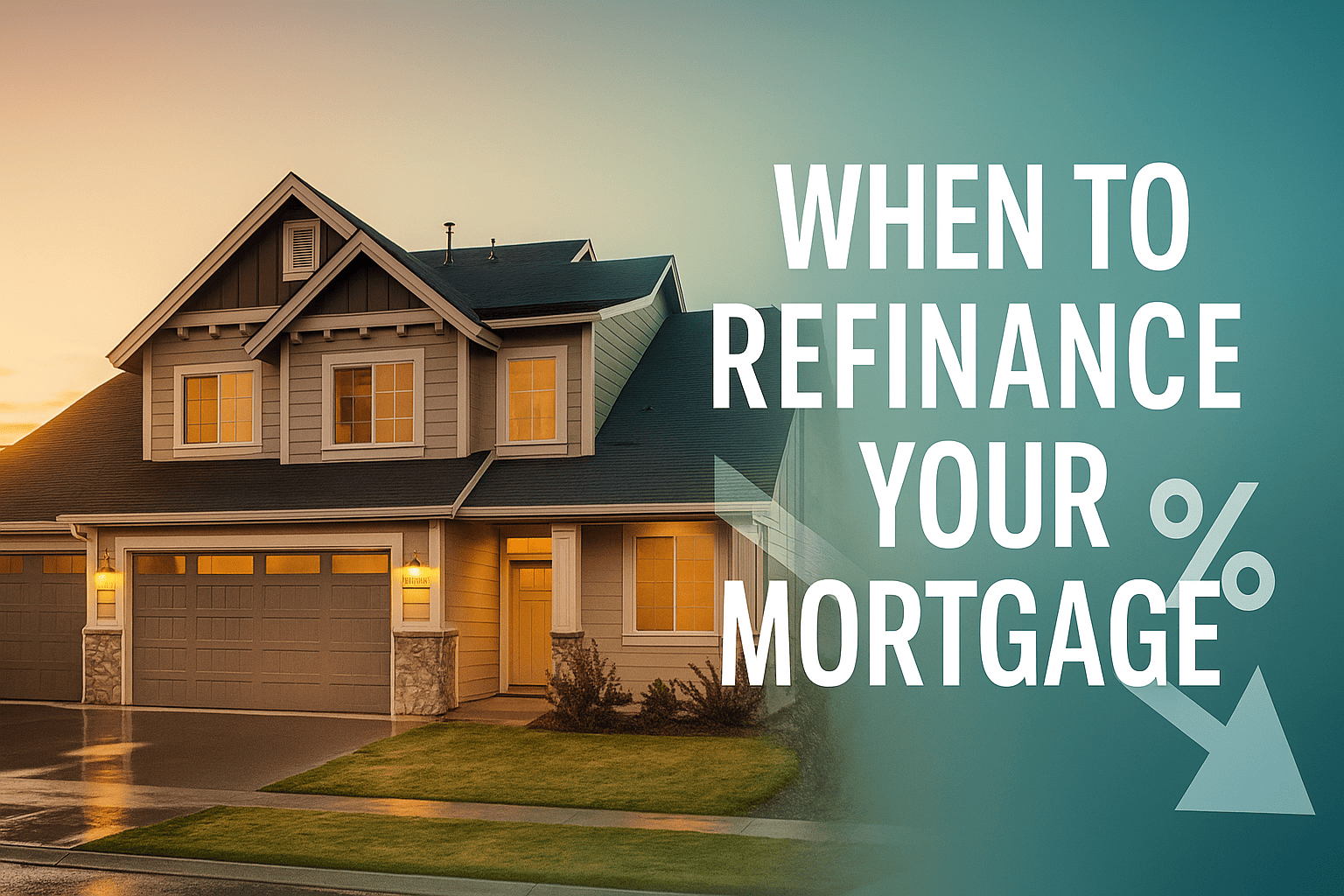Military Homeownership Assistance First-Time Homebuyer Assistance Programs
Military Homeownership Assistance in Iowa: A Step-by-Step Guide for First-Time Military Buyers
Dreaming of a place to call your own on the rolling prairies of Iowa? The Military Homeownership Assistance program can lower the cost of that dream—and shorten the road to your front door. Below, you’ll find an in-depth roadmap that demystifies benefits, eligibility, and the application process, all while weaving in real-life insights you won’t find on a standard brochure.
Why Iowa Rolls Out the Red Carpet for Military Homebuyers
Iowa boasts nearly 200,000 veterans and active-duty members, according to state demographic snapshots. That sizeable community fuels two trends: steady demand for affordable housing and bipartisan support for veteran-friendly initiatives. In response, the Iowa Finance Authority (IFA) created the Military Homeownership Assistance program to remove the two biggest barriers to ownership—down payments and closing costs. For service members who relocate frequently, that lump payment can feel like scaling a cliff with no ropes. Iowa brings the ropes.
The program matters beyond patriotism: owner-occupied homes stabilize neighborhoods, elevate school funding, and nurture local economies. When service families settle, they buy groceries, join PTAs, and launch small businesses. It’s a win-win—proving Iowa isn’t just fly-over country; it’s land-and-stay country.
How the Military Homeownership Assistance Program Works
Think of the program as a targeted grant wrapped around your mortgage. Instead of adding another loan to pay back, Iowa funnels up to $5,000 directly toward your transaction. No monthly repayments, no interest accrual—just immediate equity the day you sign. Here’s what separates it from garden-variety down-payment help:
Down Payment and Closing Cost Benefits at a Glance
- Grant size: Up to $5,000 per qualified buyer (can stack with IFA’s FirstHome or Homes for Iowans loans).
- Use cases: Down payment, closing costs, prepaid items such as taxes or homeowners insurance.
- Repayment: None, unless funds are obtained through misrepresentation.
- Reservation window: 60 days once you lock in with a participating lender.
- Combination perks: Eligible borrowers also receive a waived $75 commitment fee on IFA loans.
Because the assistance comes as a grant, the net effect is immediate purchasing power. Picture trimming two years off your savings timeline or unlocking a neighborhood you once labeled “someday.” For many buyers, that’s the difference between renting indefinitely and writing their own welcome-home letter.
Who Qualifies? Eligibility Deep Dive
Eligibility reads like a mission brief—clear objectives, specific qualifiers. The program targets current and former service members who meet one of the following:
- Honorable or general discharge after serving 90+ days since September 11, 2001.
- Still serving on active duty, National Guard, or Reserves with at least 90 days post-9/11 activation.
- Surviving spouses of eligible service members.
Additional checkpoints include:
- Primary residence: The property must become your main home within 60 days of closing.
- Purchase price limit: Mirrors IFA’s FirstHome or Homes for Iowans thresholds (recently hovering around $381,000 for most counties).
- Income ceiling: Again, aligned with IFA’s standard loan programs—roughly $147,000 for a household of two, though county-specific caps apply.
Notice what’s missing: a minimum credit score dictated by the grant. Instead, lenders follow the underwriting guidelines of your chosen mortgage product (conventional, FHA, VA, or USDA). So even if your score took a dip during deployment, you may still qualify via a more flexible loan type.
People Also Ask: What Is the Iowa Military Homeownership Assistance Program?
At its core, the initiative is a forgivable grant offered by the Iowa Finance Authority to help military families bridge the affordability gap. Unlike federal VA loans, which remove private mortgage insurance and down-payment requirements, this state-level perk adds cash at closing. That means you could layer a VA loan’s zero-down feature with a $5,000 state grant—shrinking your upfront expense to little or nothing.
Another distinctive element is the “first-time buyer” clause. If you’ve never owned a home—or haven’t owned one in the past three years—you meet that part of the criteria. However, qualified veterans can bypass the three-year rule altogether, a nod to frequent relocations that force military personnel into on-base housing or rentals.
People Also Ask: How Much Money Can I Get from Military Homeownership Assistance?
The headline number—$5,000—may sound modest compared with national markets, but context matters. Iowa’s median home price hovered near $232,000 in early 2024, per regional MLS data. Five grand covers roughly 2.1% of that figure, which can shave years off a typical down-payment savings plan.
Here’s a quick illustration. Suppose you’re eyeing a $230,000 home with a 3% down payment VA alternative. You’d need $6,900 down, plus estimated closing costs of $4,000. That totals $10,900. With Military Homeownership Assistance, you slash the cash requirement to $5,900—a 46% drop. In some cases, seller concessions or lender credits could cover the rest, creating a near-zero out-of-pocket scenario.
Application Timeline and Document Checklist
Speed counts—funds are first-come, first-served. Follow these steps like a pre-deployment checklist:
- Select a participating lender. Verify their IFA registration; not every bank is on the roster.
- Secure mortgage pre-approval. Your loan type (VA, FHA, conventional) dictates documentation depth.
- Gather service records. DD-214 for veterans, current LES for active duty, or documentation of surviving-spouse status.
- Execute purchase agreement. Once you sign an accepted offer, your lender locks in the assistance reservation.
- Complete IFA forms. The lender submits certification on your behalf—no separate trip to Des Moines needed.
- Close within 60 days. Funds are wired to the closing agent, appearing as a line item credit.
Pro tip: Many applicants stumble over outdated discharge paperwork. Request fresh copies early through the National Archives if yours is missing or damaged.
A Micro-Story from Muscatine
Staff Sergeant Elena Ramirez thought homeownership was a pipe dream. After three overseas tours, her savings funded childcare transitions and twin braces, not a down payment. One Friday night, she spotted a 1920s Craftsman in Muscatine listed at $189,000—front porch big enough for Fourth of July flags. Her credit union pre-qualified her for a VA loan, but closing costs remained a hurdle.
Enter the Military Homeownership Assistance grant. Ramirez’s lender wrapped the $5,000 benefit into the closing package, dropping her total cash due to $1,450. She moved in before winter’s first snow, and by spring, she was hosting a neighborhood chili cook-off. The porch flag? Still waving, now accompanied by a hand-painted sign that reads, “Home Sweet Home, Finally.”
Layering Benefits: The “Stacking” Strategy
Savvy buyers often combine state, federal, and nonprofit aid for a larger cushion. Consider this three-tier stack:
- Tier 1: VA loan (0% down, no PMI)
- Tier 2: Iowa Military Homeownership Assistance ($5,000 grant)
- Tier 3: Local city grants—Des Moines, Cedar Rapids, and Davenport offer $1,000–$3,000 for first-time buyers who take a six-hour homeownership class.
By braiding these resources, out-of-pocket costs can shrink below $2,000—less than the security deposit plus first month’s rent on many apartments. Complexity rises, but so do rewards. Your lender becomes mission control, coordinating timelines, municipal paperwork, and funding disbursements.
Cost vs. Benefit: Crunching the Numbers
Let’s quantify the ripple effect. Reducing upfront expenses by $5,000 means:
- Faster equity: You start with a lower loan-to-value ratio, which may accelerate the date you can drop mortgage insurance (if using an FHA loan).
- Emergency fund intact: Less cash at closing lets families keep six months of expenses liquid—a key recommendation from personal-finance experts.
- Opportunity cost: Allocate the saved funds toward higher-yield goals—529 plans, index funds, or energy-saving home upgrades.
Over a 30-year mortgage at 6.5% interest, avoiding that extra $5,000 loaned amount saves roughly $6,500 in interest. Compound that with energy savings from new insulation bought with the leftover cash, and the benefit curve steepens.
Common Pitfalls and How to Dodge Them
- Missed deadlines: Funds expire if you don’t close in 60 days. Build a “no later than” date into your purchase agreement.
- Non-participating lenders: Working with an unapproved bank can scuttle the grant. Cross-check the IFA roster.
- Assumption confusion: Some buyers think the grant automatically applies with a VA loan. It doesn’t—you must request it.
Awareness transforms hurdles into speed bumps.
FAQ
Is the program limited to first-time buyers?
Generally, yes, but qualified veterans are exempt from the three-year “no ownership” rule.
Can I use the grant for a duplex?
Yes, as long as you occupy one unit as your primary residence and the property meets IFA price limits.
Does the assistance affect my taxes?
Grants aren’t taxable income under current IRS rules; always consult a tax pro for personal scenarios.
What happens if I sell within a year?
There’s no repayment clause for selling, but fraudulent intent can trigger clawbacks.
Can active National Guard members apply?
Absolutely—as long as you served 90+ days on active duty after 9/11 and meet other criteria.
Ready to March Toward Your Iowa Front Door?
Whether you’re transitioning from barracks life or ending a multi-state PCS carousel, Military Homeownership Assistance can tilt the scales in your favor. The next move is simple: connect with an Iowa Finance Authority-approved lender, run the numbers, and stake your claim in the Hawkeye State. Your porch light could be glowing sooner than you think.
Need tailored guidance? Our team specializes in pairing military buyers with the right lenders, Realtors, and neighborhood intel. Reach out today, and let’s transform duty stations into home stations.
Explore More Blog Posts
Checkout more similar posts those will help you to choose better property.












 Profile
Profile Password
Password Saved Properties
Saved Properties Sign Out
Sign Out
 +0.01
+0.01
 -0.15
-0.15

